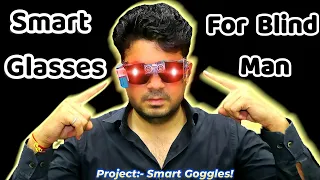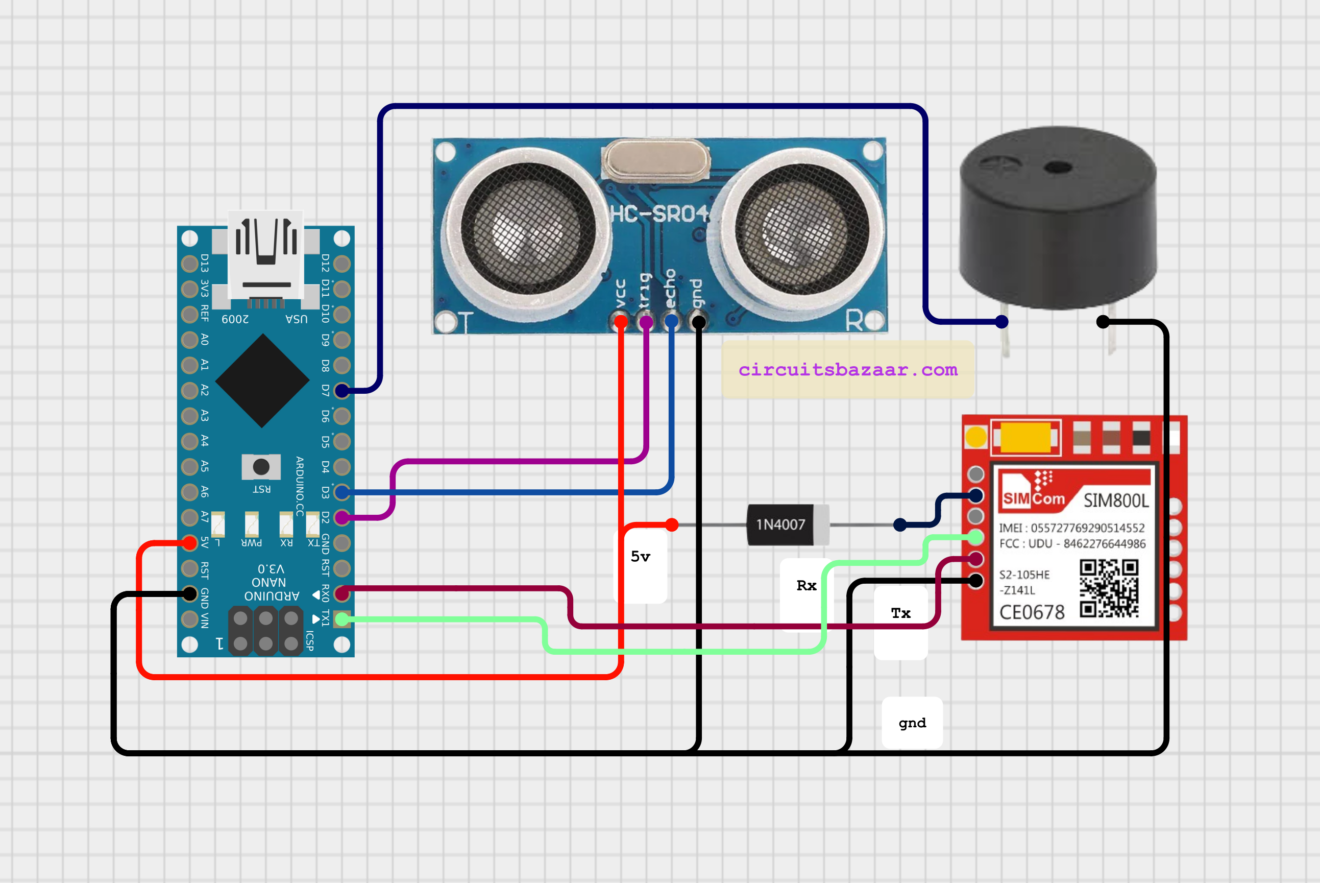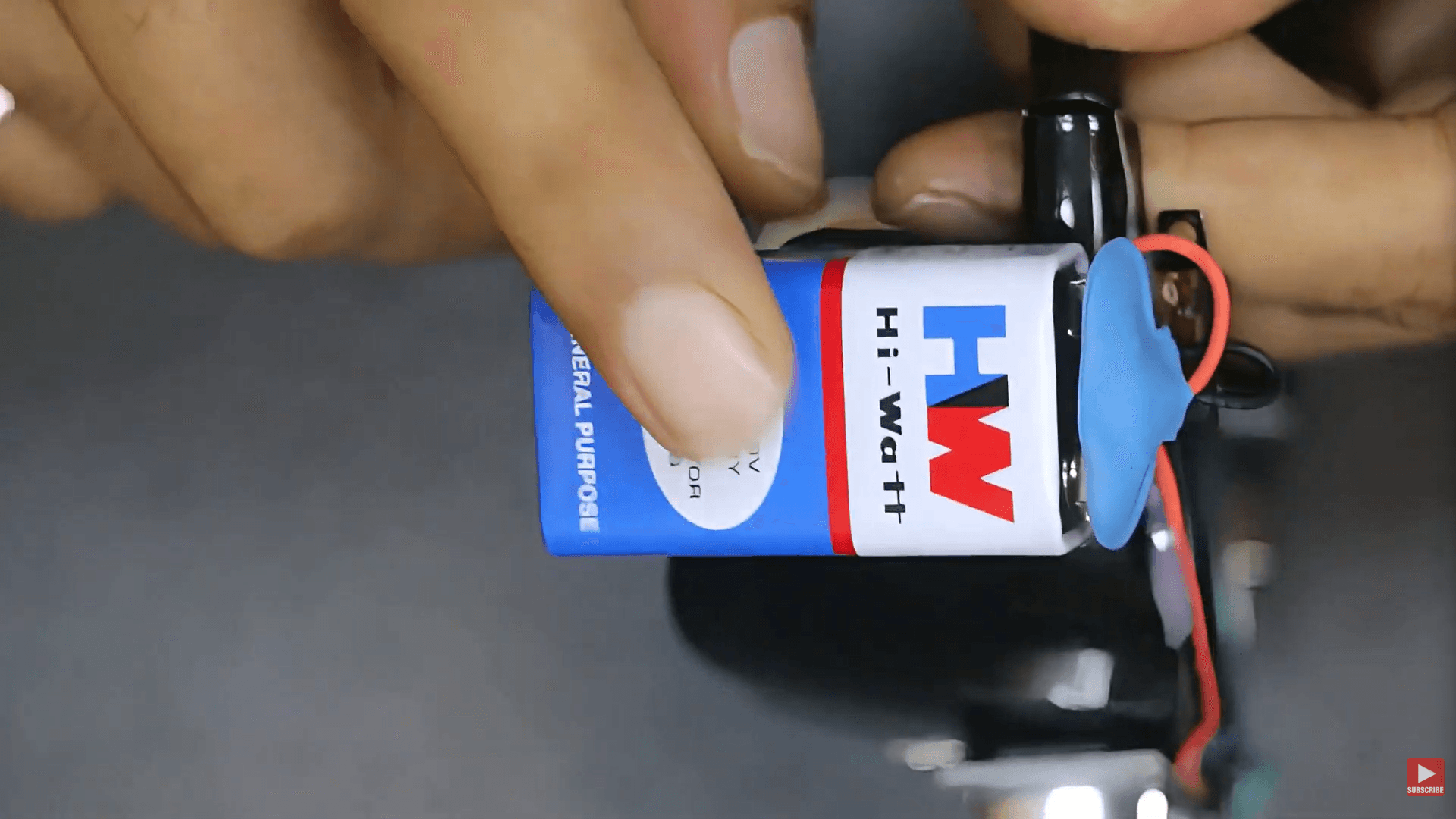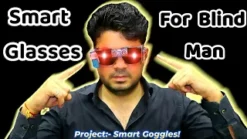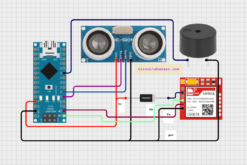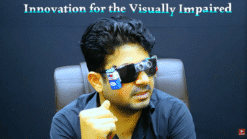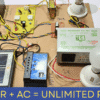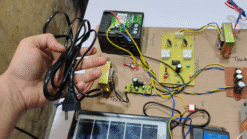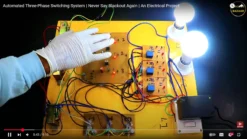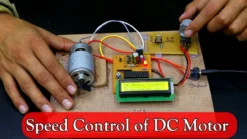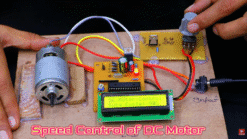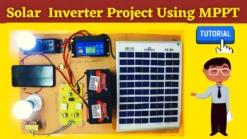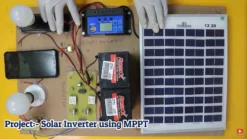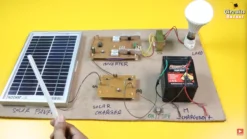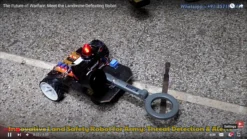🦯 Smart Glasses for Blind Assistance with Ultrasonic Sensor and SMS Alert
₹6,800.00 Original price was: ₹6,800.00.₹5,300.00Current price is: ₹5,300.00.
🧠 The Smart Glasses for Blind Assistance with Ultrasonic Sensor and SMS Alert project is an innovative and humanitarian electronics engineering solution designed to help visually impaired individuals navigate safely. 🚀 Built around the Arduino Nano, this system uses an Ultrasonic Sensor to detect obstacles and alerts the user through a buzzer. When an object is too close, the system triggers a fast beep alert and simultaneously sends an SMS notification 📩 to family members using a GSM module. The entire setup is compactly fitted on wearable glasses powered by a 9V battery. This project is perfect for B.Tech, Diploma, and hobbyists who want to create meaningful impact with electronics.
150 in stock
🧠 Introduction
The Smart Glasses for Blind Assistance with Ultrasonic Sensor and SMS Alert is a breakthrough electronics engineering project 🦯 designed to enhance mobility and safety for visually impaired individuals. Using the power of Arduino Nano, Ultrasonic Sensor, Buzzer, and GSM Module, this project combines technology and empathy into a single innovative product.
Blind individuals face daily challenges in identifying nearby obstacles and potential dangers. These smart glasses act as an intelligent navigation assistant – providing audio cues and SMS alerts to ensure safety at every step. The Smart Glasses for Blind Assistance with Ultrasonic Sensor and SMS Alert helps visually impaired individuals navigate safely
⚙️ Working of Smart Glasses for Blind Assistance with Ultrasonic Sensor and SMS Alert
The working of the project is simple yet highly effective 👌. The Ultrasonic Sensor (HC-SR04) continuously measures the distance between the glasses and the objects in front. The Arduino Nano acts as the brain, processing this distance data in real-time.
🟢 If the object is far: The buzzer gives a slow beep (safe zone).
🟡 If the object comes closer: The beep frequency increases (warning zone).
🔴 If the obstacle is too close or a fall is detected: The Arduino triggers an SMS alert to a pre-stored phone number via the GSM module.
This ensures that both the user and their family are immediately notified about possible dangers — providing a sense of confidence and security to the user.
🔩 Core Components Used
Here are the main components that make this project work seamlessly:
🧩 Arduino Nano — Main processing unit.
📡 Ultrasonic Sensor (HC-SR04) — Measures obstacle distance.
🔊 Buzzer Module — Provides audio feedback alerts.
📲 SIM800L GSM Module — Sends SMS notifications during emergencies.
🔋 9V Battery — Powers the entire setup.
🕶️ Wearable Glass Frame — Mounts all components comfortably.
🧵 Jumper Wires & PCB Board — For compact connections.
⚙️ Applications of Smart Glasses for Blind Assistance with Ultrasonic Sensor and SMS Alert
🚀 This project finds applications across various domains:
🦯 Assistive technology for visually impaired people.
🏫 Engineering project demonstration for electronics students.
🧪 Research and innovation in smart wearable devices.
🧰 Prototype development for IoT-based healthcare systems.
🏭 Educational labs and workshops for understanding sensors and Arduino.
💡 Advantages & Features
✅ Real-time obstacle detection using ultrasonic waves.
✅ Smart and wearable design for easy portability.
✅ Automatic SMS alert system for emergency contact.
✅ Battery-operated and energy-efficient.
✅ Compact, lightweight, and reliable for daily use.
✅ Fully assembled and ready-to-use kit available.
🔋 Power Supply Details
The glasses are powered by a 9V rechargeable battery, ensuring portability and extended use. The circuit consumes minimal power as all sensors and modules are optimized for low energy operation.
👨🔬 Who Can Use This Project?
This project is ideal for:
B.Tech and Diploma students (Electronics & Communication, Electrical).
Polytechnic & ITI students.
Research scholars and innovators.
Hobbyists and makers who want to build practical IoT-based solutions.
🔗 Internal Resource Links
👉 Electronics Engineering Projects
👉 Electrical Engineering Projects
👉 Best Seller Engineering Projects
👉 Hardware Projects Without Coding
👉 Engineering Project Blog
📦 Read the Complete Blog of Smart Glasses for Blind Assistance with Ultrasonic Sensor and SMS Alert
👉 Smart Glasses for Blind Assistance with Ultrasonic Sensor and SMS Alert Blog
🎥 Project Demonstration Video
🎬 Hindi Demonstration 👇
🎬 English Demonstration 👇
Conclusion 💭
The Smart Glasses for Blind Assistance with Ultrasonic Sensor and SMS Alert project represents an innovative step towards inclusive technology. 🧠 By merging Arduino intelligence with human compassion, this project ensures safety, independence, and connectivity for visually impaired individuals. It’s not just an engineering project — it’s a social innovation that truly makes a difference. 🌍
❓ Frequently Asked Questions
🧩 Q1. How does the Smart Glasses for Blind Assistance with Ultrasonic Sensor and SMS Alert work?
A. The project uses an Ultrasonic Sensor (HC-SR04) to detect obstacles ahead. The distance data is processed by the Arduino Nano, which triggers a buzzer alert when the user gets close to an object. If the obstacle is too close or a fall is detected, an SMS alert is automatically sent 📩 via the GSM module to the family member’s phone number. The buzzer frequency increases as the object gets nearer, allowing the user to sense proximity intuitively.
⚙️ Q2. Which components are used in this blind assistance glasses project?
A. The project includes an Arduino Nano, Ultrasonic Sensor, Buzzer, GSM Module (SIM800L), 9V Battery, and a Wearable Glass Frame 🕶️. The components are connected compactly to ensure light weight and mobility. The Arduino Nano is programmed to control distance measurement and alert mechanisms efficiently.
🧠 Q3. What makes this project suitable for Electronics Engineering students?
A. This project combines embedded systems, sensor integration, IoT, and assistive technology concepts — all of which are vital parts of an Electronics Engineering curriculum. Students can learn about signal processing, Arduino programming, and real-world applications of ultrasonic sensors and GSM modules. It’s ideal for B.Tech, Diploma, and Polytechnic students looking for an innovative final-year project idea.
📡 Q4. How does the SMS alert function improve safety for blind users?
A. The SMS alert feature acts as a life-saving function 💬. When the glasses detect a dangerous situation — such as a close obstacle or a potential fall — the system automatically sends a message to a pre-configured number. This ensures that family members or caretakers are instantly notified, improving safety and response time in emergencies.
🔋 Q5. Is the project fully assembled and ready to use?
A. Yes ✅. The Smart Glasses for Blind Assistance with Ultrasonic Sensor and SMS Alert is a ready-to-use project kit. It comes fully assembled and tested, along with supporting materials such as the PowerPoint presentation, report, theory, circuit diagram, and demonstration videos. It’s perfect for academic submission or practical demonstration.
🌐 External Resource (DoFollow Link)
👉 Sensor-Based Assistive Devices for Visually Impaired People – Research Paper (PMC)
| Weight | 3 kg |
|---|---|
| Dimensions | 35 × 35 × 8 cm |
Related products
Electrical Projects
MPPT Hybrid Solar Inverter Project – Dual Solar & AC Charging System
Electronics Projects
Best Selling Projects
Electronics Projects
DC Motor Speed Control using Arduino PWM and TIP122 Transistor with LCD Display
Electrical Projects
Electrical Projects
Advanced MPPT Based Solar Inverter Project for Engineering Students
Best Selling Projects
Solar Inverter Electrical Engineering Project – Buy Ready-Made Model
Electronics Projects
🔥 Smart Army Robot for Metal & Landmine Detection 🔥 | Army Based Project

